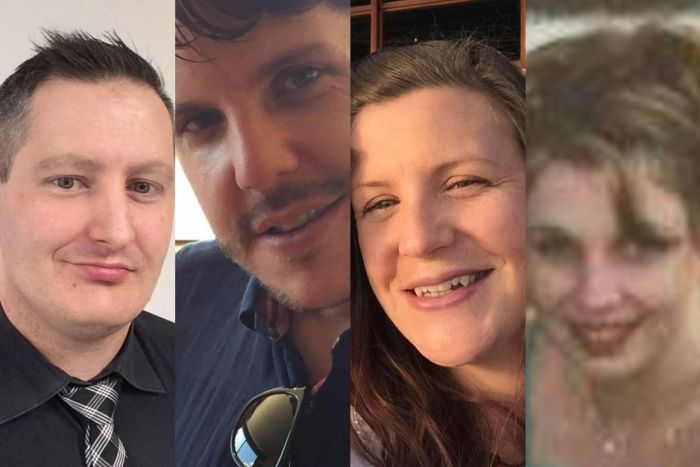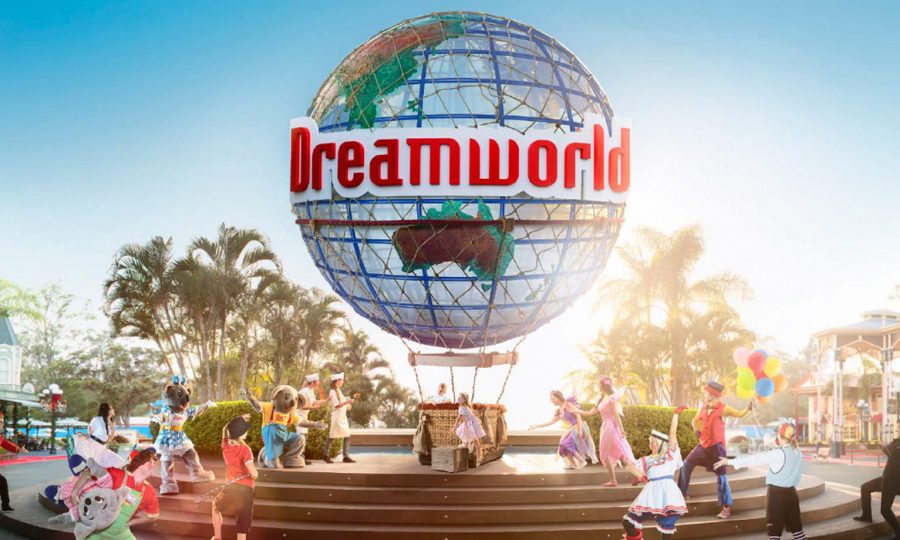
On 25 October 2016, a tragic incident occurred on the Thunder River Rapids Ride (TRRR) at Dreamworld Theme Park, claiming four lives.
The 30-year-old TRRR ride was a water based family orientated moderate thrill ride’ where patrons simulated white water rafting in a circular raft, suitable for patrons over the age of two, with the option of having children seated on an adult’s lap.
On that day Raft 5 became stranded on steel support rails situated at the end of the rides’ conveyor belt and it continued to travel where it collided with another raft before being lifted and pulled vertically into the conveyor mechanism. However, Kate Goodchild, Luke Dorsett, Cindy Low and Roozbeh Araghi were caught in the mechanism of the ride, and were either trapped in the raft or ejected into the water beneath the conveyor. Although ride operators and some patrons immediately responded, the four were declared deceased at the scene. Two children, aged 10 and 12, seated at the top of Raft 5 were able to free themselves and escape to safety.
Beginning 2018, Coroner James McDougall ‘s inquest examined the circumstances that caused the fatalities, including:
- The construction, maintenance, safety measures, staffing, history and modifications of the ride.
- The sufficiency of the training provided to staff in operating the ride.
- The regulatory environment and applicable standards by which amusement park rides operate in Queensland and Australia.
- What further actions and safety measures could be introduced to prevent a similar future incident from occurring.
Coroner James McDougall handed down his findings on Feb 24 2020 telling the Queensland court that there was a total and systemic failure by Dreamworld to ensure all aspects of safety and referred parent company Ardent Leisure for possible prosecution.
The findings included:
- That the design and construction of the TTTR ride posed significant risk to patrons.
- Dreamworld could, and should, have identified the safety issues but there was no evidence of an engineering assessment on the TTTR ride in 30 years.
- There were frighteningly unsophisticated systems in place, that “shoddy record-keeping was a significant contributor to this incident and contributed to the masking of the real risk of the ride and that the likelihood of a serious accident was simply a matter of time.
- The responsibilities placed on operational staff was stressful and clearly unreasonable and excessive which included monitoring of the pumps, CCTV, air pressure of the gates and queue lines. Operating the ride was complex, confusing and the ride lacked the required labelling, with ride operators having to perform more than a dozen tasks in the space of a single minute.
- Each of the trained ride operators, noted that a requirement the role was to watch the water level, done by looking at an informal scum’ mark around the trough of the ride, as well as the buoyancy of the rafts at the load and unload station, and whether they were sitting on the rails.
- There was also evidence of an inherent lack of proper training and process in place at Dreamworld to ensure the training provided to new Ride Operators and Instructors was suitable for the roles and responsibilities to be undertaken.
Following the Dreamworld tragedy and the in the wake of the deaths of two workers at the Eagle Farm racecourse, Queensland introduced the charge of industrial manslaughter in 2017. Under those laws Ardent Leisure, Dreamworld’s parent company, would faces fines of up to $3 million, with individual executives facing up to $600,000 and five years’ jail.
However, this law does apply retrospectively and the industrial manslaughter provisions only apply to the deaths of workers, not visitors to a workplace.
Coroner McDougall said he reasonably suspected Ardent Leisure had committed an offence under the Work Health and Safety Act 2011 and advised he would be referring the company to the Queensland Office of Industrial Relations to consider prosecutions. In 2017 Queensland Police advised that no criminal charges would be laid against Dreamworld staff over the fatalities.
Coroner McDougall stated in his remarks that “such a culpable culture can exist only when leadership from the board (of Dreamworld’s parent company, Ardent Leisure) down are careless in respect of safety ¦ that cannot be allowed.”
Download the complete Coroner’s report:
Ready to train your people in safety, risk management, hazard identification or subcontractor management?
We have a range of programs to train your people in risk management, hazard identification and subcontractor management which can be tailored specifically to your industry and organisational needs. Training can be delivered as individual modules or as part of one of our accredited programs.
BSB41419 Certificate IV in Work Health & Safety
The BSB41419 Certificate IV in Work Health and Safety is a nationally accredited program that will teach you how to identify hazards in the workplace, assist with responding to incidents, assess and control risk and consult on work health and safety issues. This program is most suited to those in a Safety Officer or Health and Safety Representatives role, or those currently in leadership roles wishing to shift their career into Health and Safety.
Risk Assessment & Hazard Identification
This program helps you identify and describe the difference between a hazard and a risk, and introduces a way of thinking about hazard identification and risk management as an everyday activity.
It will also enhance the skills and capabilities of leaders in the areas of hazard identification, risk analysis and identification and how to implement appropriate risk controls.
Contact us for a course outline >>
Subcontractor Management
Learn to effectively manage WHS site risks and performance by learning how to effectively select, manage and monitor the complex and difficult world of subcontractors. It also covers the WHS obligations regarding subcontractors, stepping through the various stages of effective subcontractor management, including assessing, evaluating safety history, attitude and managing expectations of performance and reporting.
Want to find out more about how we can customise our programs to your industry and organisation?
Let's talk!
Call us on 03 9510 0477, email info@ldn.com.au or use our contact form here.
From our blog
Good Work Through Effective Leadership (Video)
Good Work Through Effective Leadership (Video) This Safe Work Australia film features three different perspectives on how workplace leaders can design good work and influence their safety culture, not only in their own business, but across their supply chain and the...
WorkLife: Why is work making us sick? (Audio)
WorkLife: Why is work making us sick? (Audio) Worker compensation claims have been decreasing over time but this masks all kinds of problems with our wellbeing at work. Making our workplaces healthier and safer means we have to confront all those things causing us...
Workers fight back with deviant behaviour in a precarious workplace: study
Workers fight back with deviant behaviour in a precarious workplace: study PJ Holtum, The University of Queensland When working conditions are harsh, workers are more likely to find satisfaction through small acts of deviant behaviour instead of banding together or...
How to cope with traumatic news – an illustrated guide
The era of 24-hour news brings traumatic events directly into everyone's lives. Here's how that can affect people, especially children, and some strategies for coping. In this illustrated guide by Lucy Fahey of ABC News, we are shown how traumatic news affects us....
How safe is that driver next to you? A trucker’s poor health could increase crash risk
As commuters shimmy past large, lumbering trucks on the road, they may glance over and wonder, "How safe is that driver next to me?" If the truck driver is in poor health, the answer could be: Not very. Commercial truck drivers with three or more medical conditions...
These are the characteristics of people most likely to cut corners at work
These are the characteristics of people most likely to cut corners at work Peter O'Connor, Queensland University of Technology and Peter Karl Jonason, Western Sydney University In a newly published study, we found that employees who cut corners tend to be...

